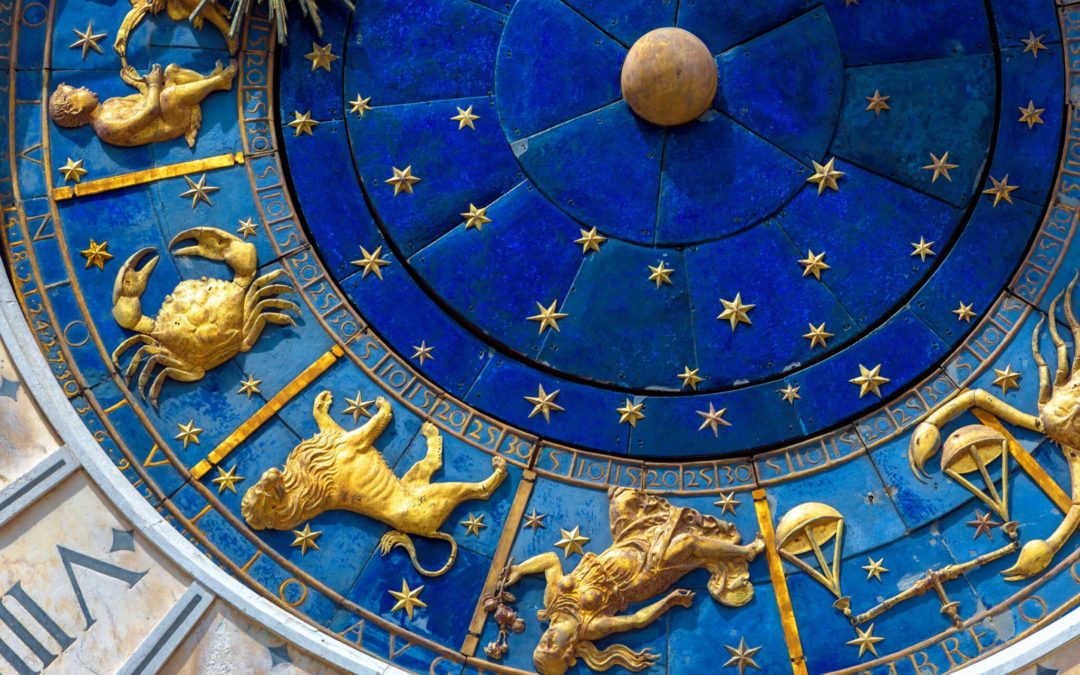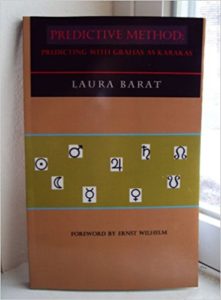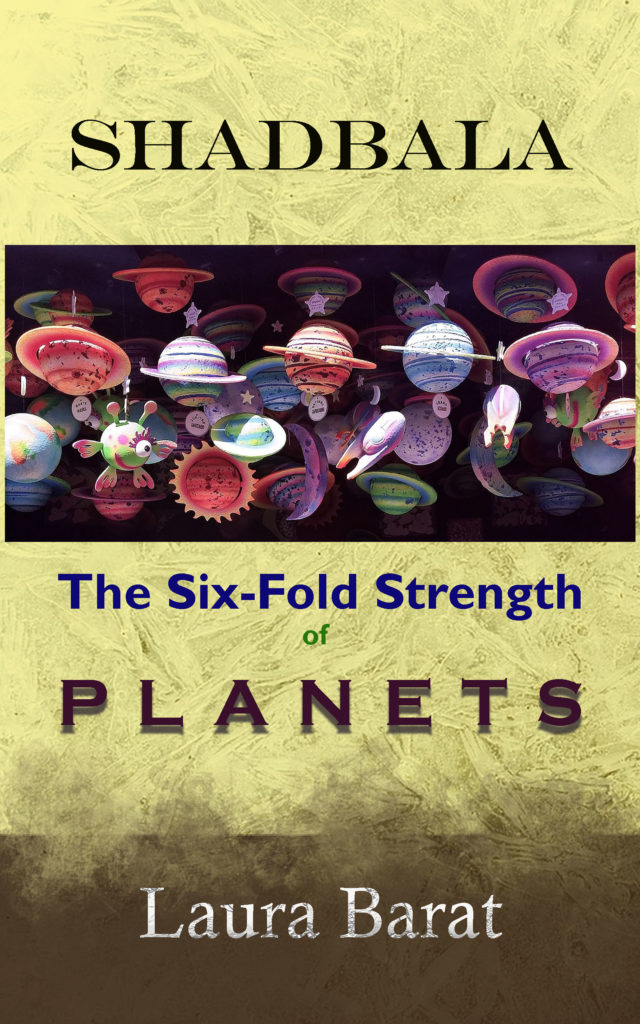The secrets of the Dasamsa require some creative interpretation since practically nothing is written about the Dasamsa in the ancient texts. Parasara gives the calculation method and deities but an interpretative technique is not given. Discovering one’s career and the success gained from it is a subject in which everyone is interested, so the use of the Dasamsa is growing in popularity. However, the Dasamsa goes above and beyond career because it reveals the “Great Fruits” according to Parasara. The “Great Fruits” are the actions a person does for which they are known. When someone hears your name, they associate you with certain actions. These actions are shown in the Dasamsa. It is a herald in the sky.
The Dasamsa is a tenth house varga and the tenth house is directly overhead. It is where the Sun resides at noon, a place where everyone can see it. The Dasamsa reveals how capable a person is in their actions.
Success and wealth are measured by Jaimini yogas and Argala. These yogas will show if a person has a life of “great deeds” and if they have more abundance than average. This is not seen in the Dasamsa. The career itself is also seen by Jaimini techniques and not the Dasamsa. The Dasamsa can show whether the career will be the “great fruit” the person is known for, but not the career itself. The Dasamsa is most important for timing, seeing those periods a person will really shine and have success.
The Dasamsa can give great success with any house that is strong in the Dasamsa, it is not limited to the tenth house.
How to Calculate
For an odd Sign, each Dasamsa is three degrees beginning with the Sign itself and counting in the Zodiacal order. For even Signs, begin the counting with the ninth Sign from that Sign. Example: For Taurus, start with Capricorn and count ten from there.
The Parivritti method is another way to calculate but does not work well and will not be mentioned here.
Important Planets and Houses
The most important planet in the Dasamsa is Saturn. The Dasamsa is the seventh varga given by Parasara and Saturn is the seventh planet. What prevents people from doing great things is their vulnerabilities and psychological weaknesses. Saturn also represents fulfilling our obligations and to do anything great we must fulfill all our obligations. We must persevere even though others tell us we cannot do something, through criticisms of our work and through our own psychological hang-ups.
The tenth house is the primary house. This is the Karma house of doing great things. When we run a dasa that relates to the tenth bhava in the Dasamsa, we can expect to do great things. If the planets or house cusp is strong, we will succeed, if weak, we will struggle to succeed.
All the numbers in ten added together gives one so the Sun is also an important planet as is the first house. Squared ten gives one hundred which also reduces to one. The Sun reveals how well we will shine and the extent of our power and influence. The first house shows our charisma and magnetism to do and attract great things.
The first house is our career and path as Jaimini says. The tenth house is our success. If these two houses are in good shape, the person acquires success even if all the other planets are debilitated.
The fourth varga and tenth varga have very similar connotations. What we are fortunate with is oftentimes something that gives great things.
Deities
The deities are the ten Lords of the Directions, eight directions and up and down. Up is the zenith, the point where we look straight up. Straight down is the nadir.
The zenith and nadir are not associated with planets. The zenith is the tenth cusp and the nadir is the fourth cusp. The fourth cusp in the Dasamsa will show how capable a person is and the tenth in the Dasamsa will reveal how creative they can be.
The Dasamsa gives an enormous amount of information vis-a-vis the quality of the Deities and a directional influence because different planets rule slopes in different directions. If we work with gravity, we work naturally with the Earth to get more of the planet the Earth is sloping towards.
The Sun slopes toward the East, Venus slopes toward the Southeast, Mars slopes to South, Rahu slopes to southwest, Saturn slopes to West, Northwest is Moon, North is Mercury, Northeast is Jupiter.
Analyzing the planetary lords is also useful. If someone is running Jupiter dasa and Jupiter occupies Indra Dasamsa, they will get more Sun things in their life. Planetary lords add detail. If they have a powerful raj yoga in the birth chart and the planet is in the Dasamsa of the Sun, the person is more likely to get political or authoritative power than they are if the planet was in the Dasamsa of Saturn.
The Great Fruits will tend to come from the direction of the Dasamsa the mahadasa or antardasa lord is placed within.
Indra
In the East, the Lord is Indra. Indra rules the first Dasamsa of an odd Sign. In an even Sign, it is the tenth Dasamsa that is ruled by the Eastern direction.
The primary deities worshipped in the Rig Veda are all aspects of nature and were worshipped differently than they are today. The important deities of that period had a strong connection to nature. Indra is the god of the atmosphere and is known as the destroyer of Bala, a dark demon who removed the light. Indra destroyed him with his thunder bolt. This story indicates the dark clouds that obscure the Sun then lightning in the clouds after which comes the rain. The clouds then disappear. This weather occurrence was beneficial because it was an agricultural society dependent upon growing crops.
Indra means “to conquer” and he will overcome any obstacles for planets in his Dasamsa. Through destroying problems, the planets ruled by Indra will then create something wondrous and influential. Planetary Lord is Sun.
Agni
The second Dasamsa of an odd Sign and the ninth Dasamsa of an even Sign is ruled by Agni. The direction is Southeast.
Agni means fire. Fire is within everything because most everything burns at the right temperature. Agni is seen as the fire that sustains and supports everything. After anything burns, all that is left is ash or smoke so there is a sameness, a connectivity that Agni represents. Fire is also considered to take things to heaven as the smoke moves upward. Agni is the spirit hidden in nature that creates connectivity and similarity among all that exists. The action of connecting and finding support is what creates success with this Dasamsa. Planetary lord is Venus.
Yama
The third Dasamsa in an odd Sign and eighth Dasamsa of an even Sign, is the South, ruled by Yama.
Yama was the first man to be born and he was also lame. Yama is one of the divinities of Saturn because Saturn is considered lame and also the planet of death. Yama leads the souls after death to their proper place in the astral realm. Yama literally means restraint or a rein or bridle you have on your horse. This deity gives the ability for self-control and restraint. Planetary lord is Mars.
Rakshasa
Rules the fourth Dasamsa of an odd Sign and seventh of an even Sign. The direction is Southwest.
Rakshasa is a demonic, destructive being that gives the power to destroy and ruthlessly overcome any obstacles to success. The biggest obstacles to one’s success are inner fears and insecurities, family or peer pressure that can hinder the person from doing the great thing they hoped. This Dasamsa detroys the naysayers whether it be the person’s own mind or people in their lives. Planetary lord is Rahu.
Varuna
The fifth Dasamsa of an odd Sign and sixth Dasamsa of even Sign is ruled by Varuna and the Western direction.
The All-Encompassing Sky – The Celestial Sphere. The pre-eminent deity in the Rig Veda, he placed the Nakshatras in the Sky. In later mythology he became the Deity of the oceans and waters. The Earth is made from everything in the Sky, the stardust and particles. Our life on Earth came out of the Heavens. When Vedic people looked up onto the Sky, they saw their origins. This deity creates and grows and his Dasamsa gives the power to hold onto his vision until that vision is realized. Its critical to hold the vision of our goal or the great thing we hope to become. Planetary Lord is Saturn.
Maruta
The sixth Dasamsa of an Odd Sign and fifth Dasamsa of an Even Sign is ruled by Maruta and the Northwest direction.
God of Wind. He creates change and gives the strength with which to make change happen. Gives a person the power to make changes required for success. Planets ruled by Maruta need to adjust and shift around. Planetary lord is the Moon.
Kubera
The seventh Dasamsa of an odd Sign and fourth Dasamsa of an even Sign is ruled by Kubera and is the Northern direction.
Lord of Wealth. Kubera is a lord of the demonic realm but overcame that to become the lord of wealth. If we desire wealth just to enjoy ourselves or out of greed, that is a demonic tendency but wanting wealth to create well-being and self-improvement, that overcomes the lower desires of self-indulgence. Kubera Deity wants the person to rise above greed and use their wealth for betterment of themselves and others. Planetary lord is Mercury
Ishana (Siva)
The eighth Dasamsa of an odd Sign and third Dasamsa of even Sign is ruled by Ishana and the Northeast direction. Ishana is another name for Siva.
One who rules and owns what he owns. Ishana signifies ruling and taking care of what we own. This is not Shiva in his destructive nature. We know Shiva is the destroyer but he has many faces. By managing and nurturing what we already have or own, we can acquire continued success. As the owner, we can destroy or get rid of something so we can have success with something else.
Padmaja
Rules the ninth Dasamsa of an odd Sign and the second Dasamsa of an even Sign. The direction is the Zenith. One of the names of Brahma.
Means “Lotus Born”. Brahma is the great creator, created the Earth, Heavens and Netherworld. Gives a creative impulse. Padmaja direction gives success from somewhere we never would have imagined. It is a surprise from an unexpected source. Through creating we find success.
Anunta (Adishesha)
The Nadir is ruled by Adishesha (thousand headed serpent) aka Anunta. It is the tenth Dasamsa of an odd Sign and the first Dasamsa of an even Sign..
Direction it towards the Nadir, straight downwards. Anunta means “That which remains” which is the leftover you get to keep at the end. Anunta glances down to reassess a situation. This Deity gives success with what you already have.
To purchase Astrology Readings
To purchase Kala Software





